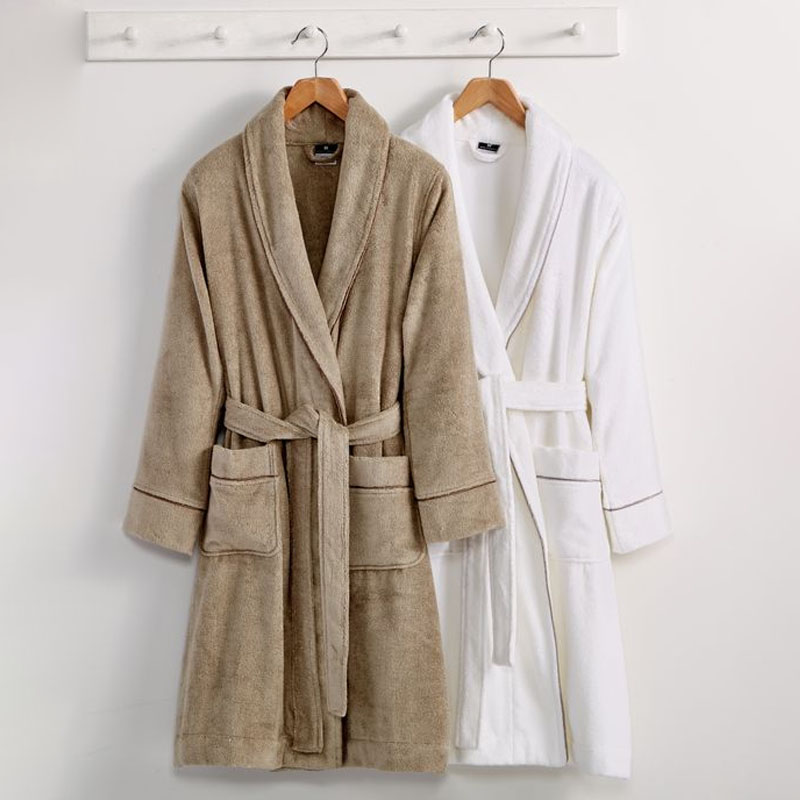High-Quality Linen Napkins Production Facility for Elegant Dining Experiences and Events
Jul . 31, 2024 05:37 Back to list
High-Quality Linen Napkins Production Facility for Elegant Dining Experiences and Events
The Art of Linen Napkins A Journey Through Craftsmanship and Sustainability
In a world increasingly focused on sustainability and high-quality craftsmanship, linen napkins have emerged as a refined choice for both casual dining and formal occasions. Linen, derived from the flax plant, is revered for its durability, beauty, and eco-friendliness. This article delves into the significance of linen napkins, the intricate process of their production in linen napkin factories, and their impact on modern dining experiences.
A Brief History of Linen
The use of linen dates back thousands of years, with the ancient Egyptians famously utilizing the fabric for mummification and clothing. Renowned for its cooling properties, linen became a favored material in hot climates. Over the centuries, it evolved into a symbol of luxury and elegance, particularly in table settings. Today, linen napkins are a staple in many households and dining establishments, bridging the gap between practicality and aesthetics.
The Production Process
The journey of a linen napkin begins on the flourishing fields where flax is cultivated. Flax is a resilient crop that requires less water than cotton and thrives in a variety of climates. Once harvested, the flax undergoes a process called retting, where the outer stems are broken down to extract the long, strong fibers. These fibers are then spun into yarn, which is woven into a variety of linens, each with unique textures and finishes.
In linen napkin factories, skilled artisans and modern machinery work hand-in-hand to create these exquisite textiles. The weaving process may vary, producing options such as plain, twill, or jacquard weaves, each contributing distinct characteristics to the napkin. After weaving, the fabric is dyed and treated to enhance its properties, ensuring that it retains its shape and color through countless washes.
linen napkins factory

Quality control is paramount in linen napkin factories, with each napkin meticulously inspected before it is dispatched. The result is a product that is not only beautiful but also durable. Linen napkins can withstand the test of time, becoming softer and more luxurious with each wash, giving them an allure that synthetic materials cannot replicate.
Sustainability and Eco-Friendliness
As the world shifts towards eco-conscious living, linen stands out as a sustainable choice. The production of linen requires fewer pesticides and fertilizers compared to other textiles, making it a more environmentally friendly option. Additionally, flax cultivation contributes to soil health and reduces carbon emissions. Linen napkins are also biodegradable, providing a viable alternative to paper napkins and plastics that often end up in landfills.
Enhancing the Dining Experience
Linen napkins elevate any dining experience, serving as a testament to the host's attention to detail and appreciation for quality. They add a touch of elegance to the table setting and can be styled in various ways—folded into intricate designs or simply draped for a casual look. Beyond aesthetics, linen napkins are highly absorbent and lend themselves well to both formal dinners and everyday meals, proving their versatility.
As more consumers lean towards mindful consumption, the demand for high-quality, sustainable products has risen. Linen napkins are in perfect alignment with this trend, combining functionality, style, and environmental consciousness. By choosing linen napkins, individuals are not only enhancing their dining experience but also supporting sustainable practices that benefit the planet.
In conclusion, the linen napkin factory stands as a beacon of craftsmanship, tradition, and sustainability. As we move forward, the appreciation for linen napkins will continue to grow, truly embodying the beauty of nature in our everyday lives. Through their fine artistry, linen napkins remind us to cherish the simple elegance of dining, all while fostering a deeper connection to our environment.
-
Premium Soft 100 European Linen Fabric | Bedding & Clothing
NewsAug.22,2025
-
Premium Linen Napkins & Table Linens - Wholesale & Custom
NewsAug.21,2025
-
Handcrafted Indian Block Print Linen Napkins
NewsAug.19,2025
-
Adult Bamboo Robes: Soft, Eco-Friendly Comfort & Luxury
NewsAug.18,2025
-
Indian Block Print Linen Napkins - Handcrafted & Wholesale
NewsAug.17,2025
-
Wholesale Linen Napkins | Custom Table Linens & More
NewsAug.16,2025
